Who has not heard of Häagen-Dazs or does not recognize the signature packaging with the burgundy or plum red coloring? The branding screams quality and great taste. And also, it’s a luxury ice cream brand from Denmark.
Wrong!
Although the company name suggests European origins, Häagen-Dazs is an American company. However, the European-sounding name is no coincidence and was chosen for promotional and personal reasons. The origins of the company can be traced back to the 1920s, though its real growth took place in the 1960s and beyond.
Confectionery and frozen food production ran in the founding family’s blood. An uncle to Reuben Mattus, one of Häagen-Dazs’s founders, peddled homemade lemon ice in Brooklyn, New York in the 1920s. Reuben, a natural entrepreneur, started helping in the business when he was ten. He assisted his mother in squeezing the lemons for the lemon ice.
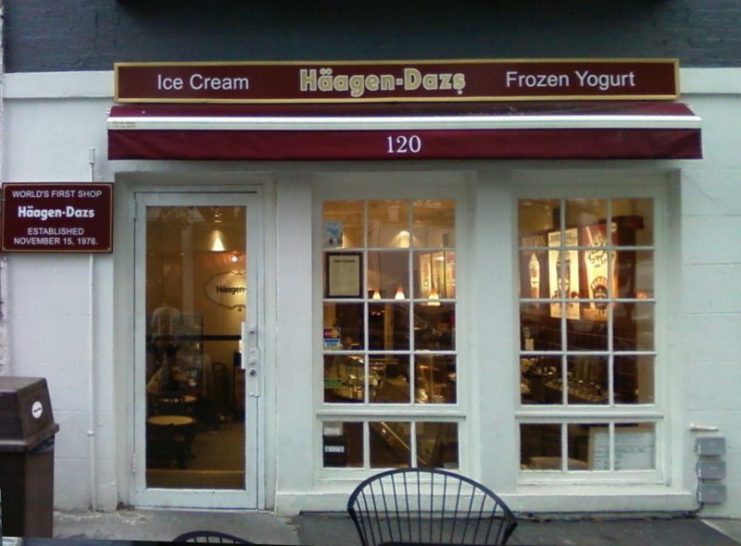
It did not take long for the family-run business to expand and become Senator Frozen Products. However, the enterprise was run from a horse-drawn cart and business was sparse, according to Reuben. He not only blamed the quality of the ice cream but he also noted that a company’s name is all-important – and “Senator Frozen Foods” just did not cut it.
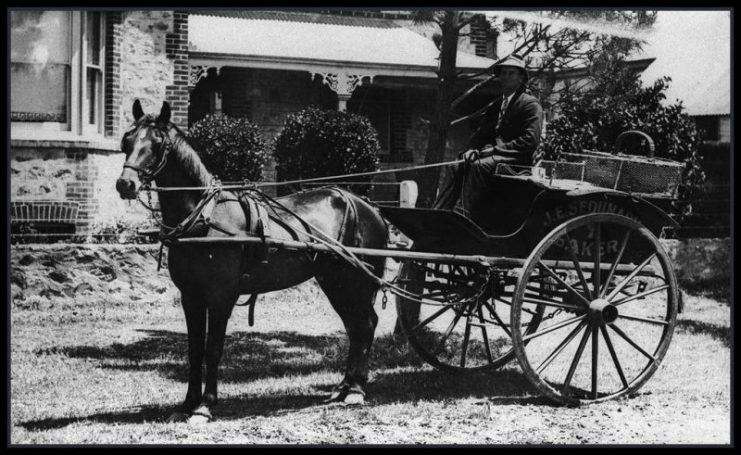
Thirty years later, Reuben and his wife Rose set the wheels in motion for the creation of one of the world’s largest ice cream brands. The husband and wife team knew how important it was to create a catchy brand identity, even before being aware of all of the fancy marketing jargon of the present day and age.
Häagen-Dazs was born in 1959 in the Bronx. When Reuben was later asked why he chose the name for his company, he said, “If you’re the same like everybody else, you’re lost – the number one thing was to get a foreign sounding name.” In addition, he and his wife believed that brand evoking old-world tradition and quality would sell better.
However, those were not the only reasons for choosing the name. As Reuben and his wife, Rose, are both Jews of Polish descent, they had another motivation for picking a Danish-sounding name.
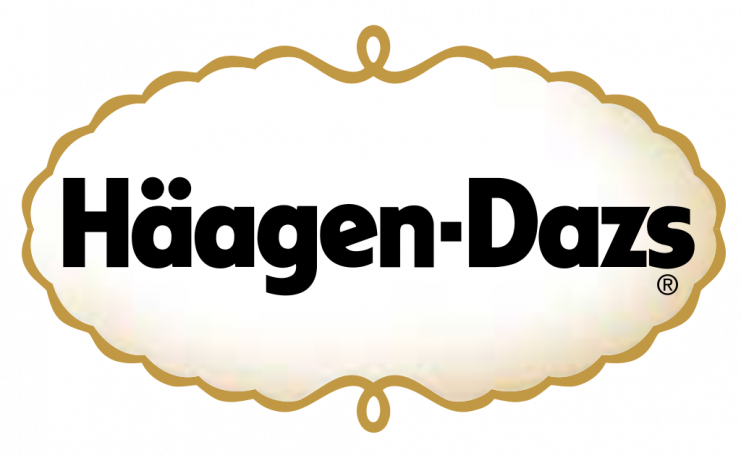
Why Danish?
It’s simple and at the same time very insightful. Reuben and Rose were both so impressed with how the Danes treated the Jews during the German occupation in World War II that they decided to choose a name heralding from that country.
In fact, Denmark was the only occupied country that actively as a nation saved Jews during WWII
In the autumn of 1943, the Danes rescued 7,000 Jews from deportation to the Nazi death camps – an exception in the history of the Holocaust. But how did that happen, and why did the Germans not punish the Danish resistance?
On April 9, 1940, Germany occupied Denmark. The country was incorporated into the Reich as a protectorate and was allowed to regulate its internal affairs. The Danes kept their freedom and rejected the suggestion of the Nazis to introduce the death penalty and to exclude the Jews. The country asserted itself as best it could.
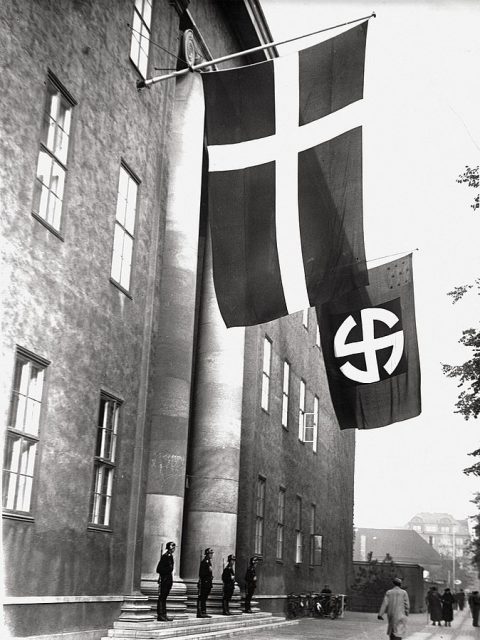
Germany declared Denmark a model of the protectorate that Hitler wanted to establish in Western Europe after the war. Initially, the Nazis sent only 89 German officers into the country, who were responsible for 3.8 million Danes – in contrast, France had 22,000 such officers.
Moreover, unlike France, Denmark was small and very few Jews lived there. Denmark only supplied agricultural products to Germany, so it was not economically important to the Reich.
And still, in October 1943, Denmark was a small country with a big heart.
For three and a half years Denmark was under the occupation of Nazi Germany. The little nation had not defended itself militarily – how could it have? But that did not mean that the brave Danes submitted.
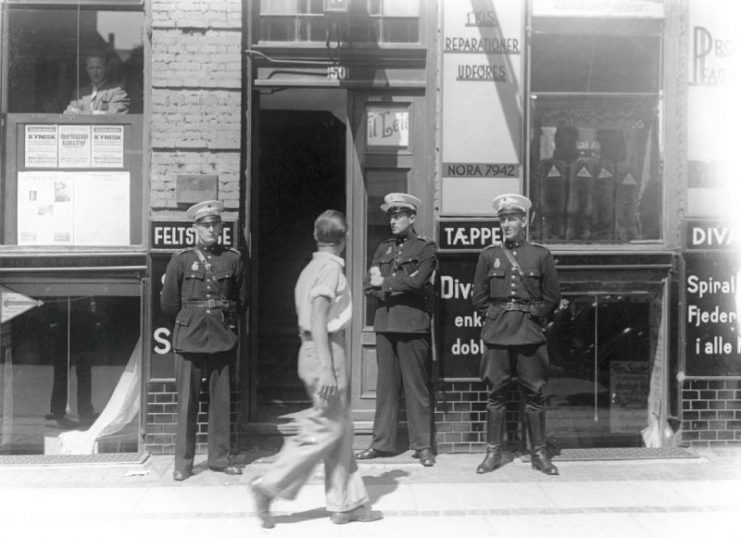
Instead, the Danes arranged a privileged position for themselves that even allowed them to keep their own government. They evaluated their choices accurately, but they also clearly stated how far they were willing to cooperate with the German occupiers.
To put it concisely, Denmark managed to defend its democracy despite the German juggernaut breathing down its back.
In the meantime, war-crazed Hitler was more than content with regarding Denmark as his “model protectorate” for after he won the war. So all went well until the summer of 1943 when strikes and acts of sabotage caused unrest. As a result, the Nazis threatened Denmark with tribunals, imposing a state of emergency and martial law at the end of August. In protest, the Danish government resigned.
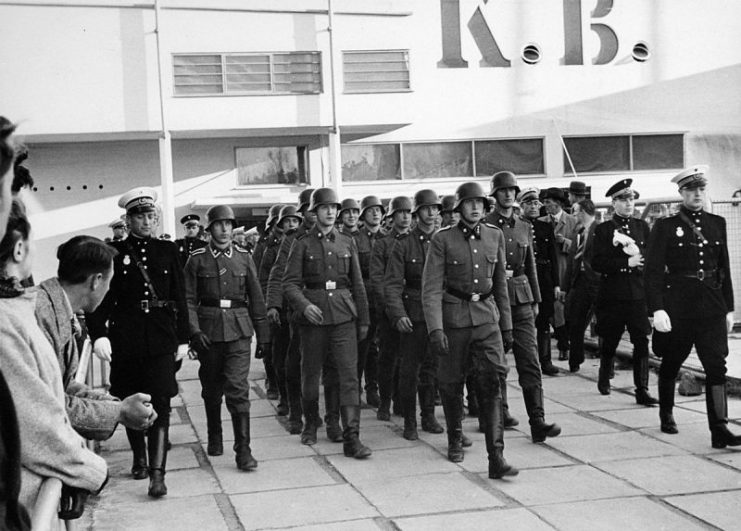
At that time, the deportation and genocide of the European Jews had already begun in other nations that had been subjugated by Germany. In the Netherlands and Hungary, from Greece, Lithuania, Latvia and Poland, between 70 and 90 percent of those nations’ Jews had vanished and were exterminated.
From Estonia, Belgium, Norway, and Romania, the Germans deported nearly half of all the Jews and killed them. About one-fifth of French and Italian Jews died. The historian Peter Longerich writes that the Holocaust was “to a considerable extent dependent on the practical assistance of an occupied country or region.”
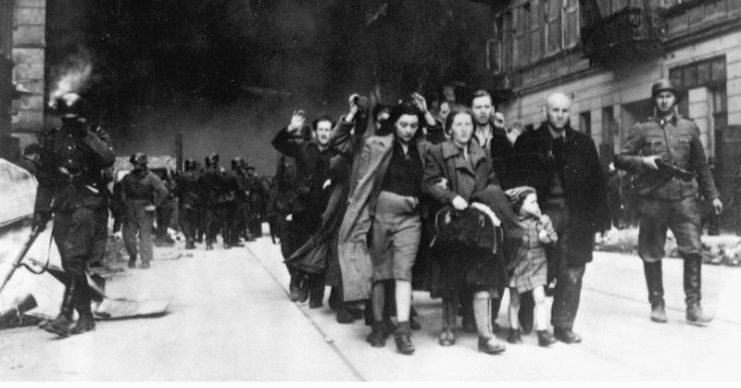
In total contrast to other nations, the Danes did not help with the “Final Solution to the Jewish Question” in their country. They regarded the Jews as Danes and placed them under their protection.
Then, the greatest shock to the Danes finally came.
“The arrest of the transported Jews is to take place in the night of 1 to 2 October 1943. The deportation will be carried out by ship from Seeland (Copenhagen), from Fünen and Jutland by special train.”
With this announcement, Werner Best, SS-Obergruppenfuhrer and Chief Representative for Denmark, opened the hunt for the Danish Jews. Denmark should finally be “Jew-free,” and the “final solution” enforced.
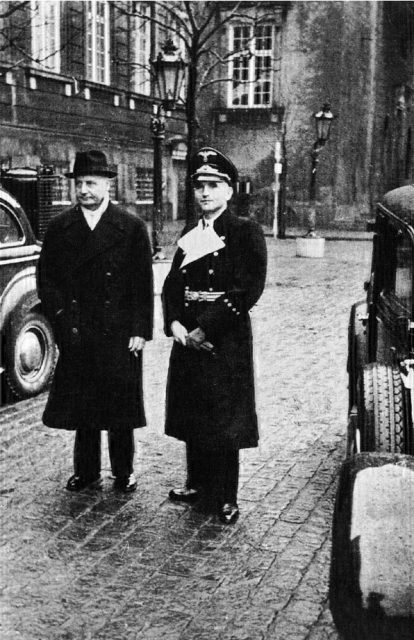
The Gestapo and the SS were well-prepared. A deputy of Adolf Eichmann arrived in Copenhagen, and 300 Gestapo agents took part in the action.
Once telephone connections were cut off, Nazi henchmen promptly began their search in Copenhagen and small coastal towns. Everywhere they dragged Jews from their hiding places such as haylofts, churches, or boats with which they intended to flee to Sweden.
“In the raids last night, hundreds of Danish Jews were deported from their homes and transported to the ships that took them south, presumably to Poland,” wrote an underground magazine on October 3, 1943.
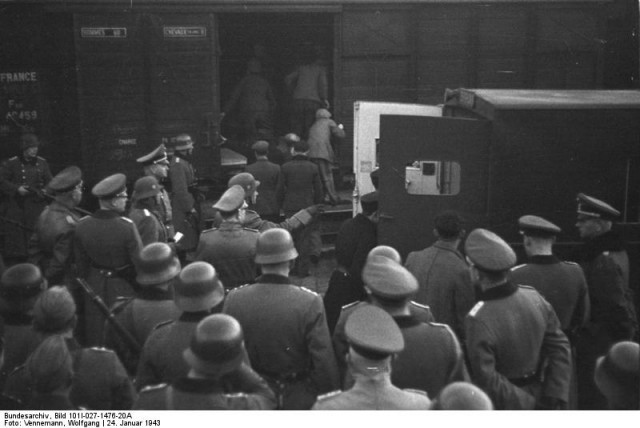
And yet the action was anything but a success for the SS, as the journalist Bo Lidegaard explains in his book Countrymen: The Untold Story of How Denmark’s Jews Escaped the Nazis.
The SS was only able to transport a few hundred Jews from Denmark to the concentration camp Theresienstadt. The overwhelming majority disappeared, with the help of friends or strangers, into hospitals, barns, and summerhouses.
Thousands of Jews then succeeded in an unprecedented mass escape, fleeing the country in fishing boats, sailing ships, and cutters to Sweden. Thanks to national Danish support, more than 7,700 Jews were rescued.
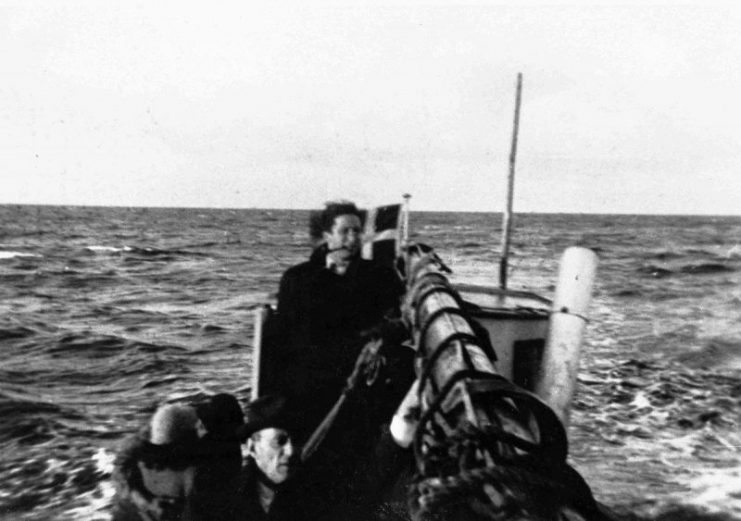
Eichmann outraged
Adolf Eichmann, the pioneer of the extermination of the Jews, is said to have gone crazy upon hearing the news. Some of his outrage – and to some extent, admiration for the Danes – was heard in court in Jerusalem in 1961 when he stated: “Denmark caused us more difficulties than any other country.”
The extent of this feat can also be seen in the statistics from the war. As previously mentioned, in countries such as Poland, Latvia, or the Netherlands, between 70 and 90 percent of the Jewish population were murdered. The proportion of murdered Jews in Denmark was less than 1 percent.
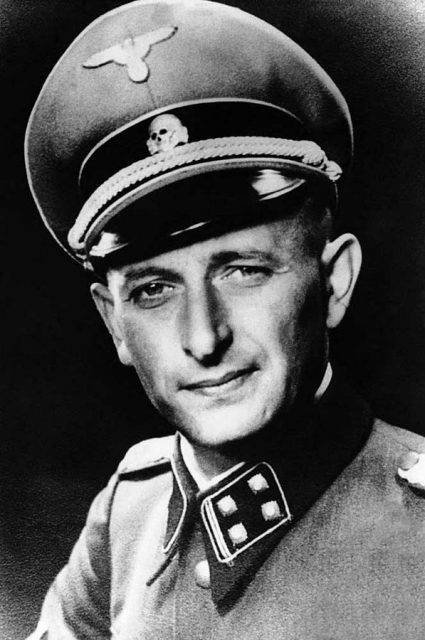
How was this miracle, as some historians call it, even possible?
There are several reasons. However, the main force behind this progressive thinking is the behavior of the Danish politicians after the First World War.
The government managed, despite the global economic malaise taking hold in Denmark, to uphold the banner of democracy and to clearly distinguish themselves from any form of totalitarianism. The formula was: “Only democrats are good Danes.” As a result, National Socialists, Communists, and anti-Semites had very little chance of succeeding in the country.
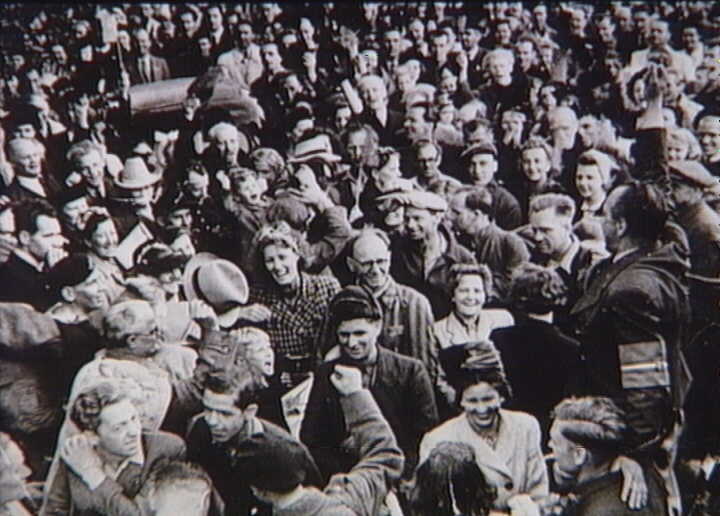
At the same time, Danish politicians were able to integrate many marginalized groups into society through cautious policies and social programs, thus creating a strong “esprit de nation” that naturally included the Jews. This did not change, even after the German invasion on April 9, 1940.
The Danes did not automatically assimilate into the Third Reich out of fear or maybe even complicity like many other occupied countries – there were very few willing helpers. From the point of view of the Danish government, a “Jewish question” simply did not exist. The more Jews were persecuted in Germany, the more the Danish politicians resisted any form of racism.
Denmark’s incredible solidarity for all of its citizens is beautifully shown in King Christian X’s words during a discussion in 1941 with the Danish Prime Minister Vilhelm Buhl concerning the treatment of the Jews in other European countries: “If this suggestion is made here, the only right attitude for all of us is to wear the Star of David.”
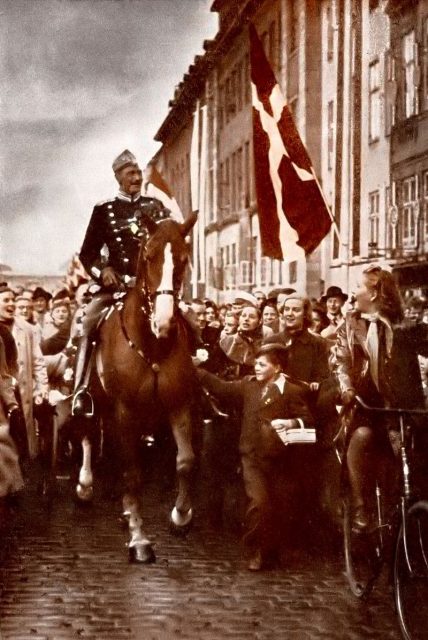
And not one single Jew in Denmark ever wore the Star of David on his or her arm during WWII. Even German administrators such as SS-Obergruppenführer Werner Best, also known as the Blood Hound of Paris, were not impressed when the Führer’s order for the implementation of the “Final Solution” came in 1943 – it was with resignation that the deportations began.
Reuben and Rose certainly had reason to choose a name that was to their minds Danish-sounding in honor of such a feat during one of the world’s most harrowing times.
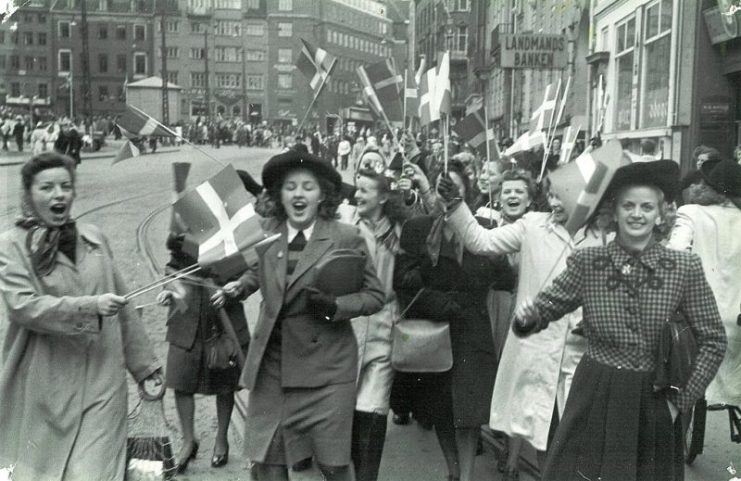
At this juncture, you may ask yourself: what does Häagen-Dazs mean in Danish?
Nothing!
“Häagen-Dazs doesn’t mean anything,” Reuben Mattus explained. “[But] it would attract attention, especially with the umlaut.”
The Danish language never uses the umlaut, the two dots atop vowels in some languages. So yet again, it’s a ploy – in reality, the name Häagen-Dazs was birthed for marketing reasons and the fact that the founding couple truly admired the Danes during the Second World War.
But the ice cream still tastes great – it’s all around an excellent ice cream with a funky name, great packaging, and a wonderful reason for giving the brand its name in the first place.
